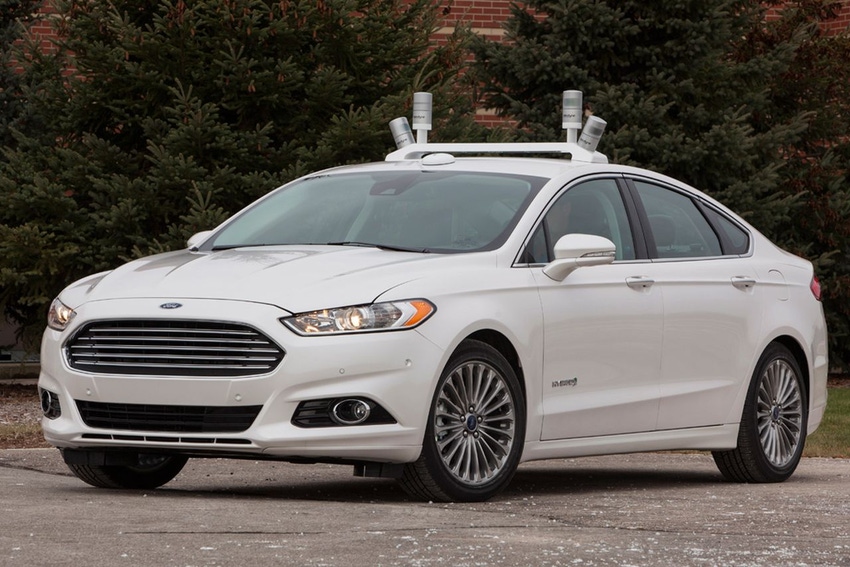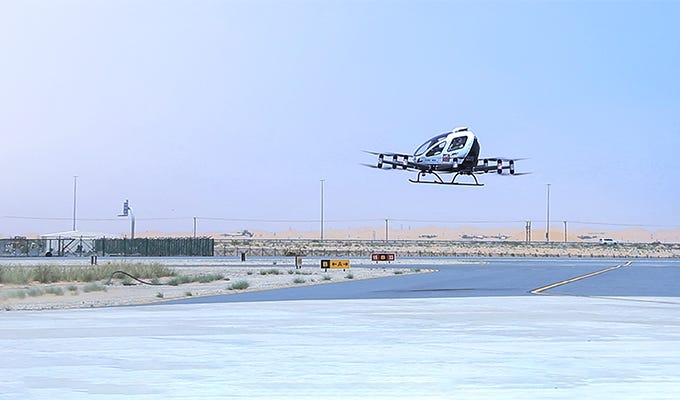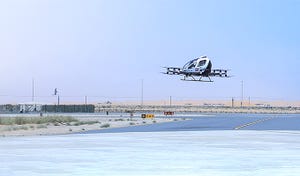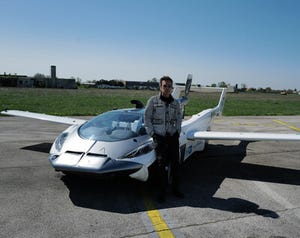Self-Driving Car’s First Act? Eliminating Professional Drivers
Think the recent Tesla Autopilot was going to put the brakes on self-driving vehicles? Think again. The technology is poised to take off in ride-sharing, agricultural, and industrial applications.
August 18, 2016

Motor giant Ford has recently unveiled an ambitious plan to develop driverless cars by 2021 that replaces would replace many professional drivers in certain cities. Ford’s chief executive, Mark Fields quipped to CNBC: “Autonomous vehicles could have just as much significant impact on society as Ford’s moving assembly line did 100 years ago.”
“Autonomous cars are coming. And they are coming faster than anyone thinks,” says Derek Kerton, Founder and Chairman of the Autotech Council and Principal Analyst of The Kerton Group.
In related news, Uber announced that it will launch an autonomous ride-sharing service in Pittsburgh—featuring Ford Fusions—in a few weeks.
One critical point to consider in Ford’s announcement earlier this week is that there are different levels of autonomous driving, which were based on guidelines from the National Highway Traffic Safety Administration, and that Ford wants to leapfrog from the second (where Tesla’s Autopilot technology is) to the fourth level—in just a few years.
Targeting the Highest Levels of Self-Driving Cars
Here’s a summary of the progression of the levels of autonomous vehicles:
Level 1: Automation is constrained to specific functions such as ABS and cruise control. These technologies have decades of history in vehicles.
Level 2: The second level includes the automation of two central control functions such as cruise control and lane centering. In this level, a driver can temporarily hand over control to the car, but needs to be present to take over control at a moment’s notice—like Tesla’s Autopilot technology.
Level 3: In the third stage, a vehicle permits the driver to hand over complete control to the car under certain conditions. “In Level 3, you could have a swivel chair and once you are on the freeway or a well-known road, you can rotate around and talk to people in the backseat,” Kerton says. “You can disconnect. But the car can’t do everything by itself, so if it encounters a problem, it is going to warn you that you need to start driving. That is also why Level 3 will never happen in the real world because the idea that you could start taking a nap and it will say: ‘boop boop boop! Wake up and drive!’ isn’t very realistic,” Kerton says. “First of all, no customer wants to do that and no carmaker wants the liability of having told you to take you take a nap and say: ‘Wait, that was wrong! Come back!’” Level 3, however, is being tested in vehicles such as Google’s self-driving cars, which has trained staff present.
Level 4: At this stage, the car can handle all driving-related tasks in constrained use cases. This is the level that Ford is targeting. “A maker of a Level 4–car has taken out the steering wheels and the pedals,” Kerton says. It is a true self-driving car but it is constrained to defined geographical areas and routes. The car might not, for instance, be able to go down an unknown dirt road.
Level 5: In the fifth level, the car can handle all terrain. Whereas, level 4 is confined to certain routes and confines, level 5 is smart enough to do anything.
Ford’s Self-Driving Car Strategy Has a Strong Business Logic
While Ford didn’t divulge too many details in its plan to mass produce truly self-driving cars by 2021, the company is convinced of the need for accurate sensors in the vehicles, which have a high price tag. “Let’s say just for the sake of argument that the laser sensors for the car would cost approximately $30,000 per car. To have autonomous cars make sense for a consumer, the sensors cannot cost more than $2000,” Kerton says.
There is an application where a car with sensors that costs tens of thousands of dollars makes sense—displacing professional drivers. For ride-sharing companies, investing in a self-driving car at a one-time cost of, say, $70,000 would pay for itself in about one to three years. According to Payscale.com, a professional driver makes anywhere from about $20,000 to $66,000 per year. Eliminating drivers would give them more than enough money to invest in self-driving cars that operate nearly continuously.
“If you think about it, what Ford is doing here is not that different from what Elon Musk did when he founded Tesla,” Kerton saysd. “He said: ‘I am going to make an electric car, and everything is going to be expensive in the beginning because there is a lot of R&D required. He said: ‘I am going to build a $100,000 car for people that are in the market for a $100,000 car.' If he would have tried to make a $30,000 first, he would have failed.”
Cities, Fields, and Industrial Sites—Where to Look for Self-Driving Cars First
Ford’s plan involves constraining the operation of their self-driving cars to constrained geographical zones. “If they picked certain cities — let’s say San Francisco, Phoenix, and Boston—Ford is saying: ‘We are going to know every inch, every pothole with high resolution mapping tools and we are going to put that data into the cars as they drive, so they will have a premade perfect model of the world,” Kerton says. “And they are going to use this amazing host of sensors to look at the world right now and match it to the map. The car can say: ‘I know exactly where I am and I know exactly where I need to go.’” he adds.
If a sensor fails or is covered in mud, the car would still know where it is, thanks to its arsenal of GPS, LIDAR, RADAR, proximity sensors, cameras, etc. “With any one of those or two of those, the car can still say: ‘I know where I am,’” Kerton explains. “You could hail a car like that—just like an Uber—so long as your trip is within its confines. Ford wants it strictly in the city where everything is well known and also where there is adequate business.”
Self-Driving Mining Trucks
That doesn’t mean there is no demand for self-driving vehicles in rural areas.
The Australian–British mining giant Rio Tinto is already using self-driving trucks in their mines. “Once again, this is a constrained use case,” Kerton says. “Here, you are saying: ‘here is my mine. Here are my roads. There is no public walkaround. Everybody here has a hard hat. In a highly controlled situation like that, it is pretty easy eliminate the driver and to have the truck go back and forth and automate it.”
Another consideration is that the mining trucks that Rio Tinto is operating are massive and have hefty price tags. “A full-sized human is not as big as a tire on one of these trucks. We are already talking about a truck costing millions, the cost to add automation for that machine becomes a trivial component of the cost.”
Why Self-Driving Vehicles Also Have Bright Future on Farms
Sometimes, the popular press assumes that people in the middle of the U.S. aren’t interested in autonomous driving, reasoning they aren’t battling as much traffic as people on the coasts. “I think you would be surprised. Some of the first uses of automated vehicles are not cars on the road but tractors. They don’t have to deal with dodging kids, soccer balls, and other things in the road,” Kerton says.
For an agricultural setting, the ability to send a tractor out with GPS systems to plough fields and spray pesticides is an attractive idea. Some of the most aggressive companies supporting self-driving vehicles are companies like John Deere. “Now, the farmer can say: 'I don’t have to pay a farm hand.' And now he can get out of the tractor instead of being on it all day,’” Kerton says. “People in farm country are starting to have more exposure to completely automated vehicles than we do.”
About the Author(s)
You May Also Like
_-_P3020_-_courtesy_of_Doosan_Robotics.jpg?width=700&auto=webp&quality=80&disable=upscale)

.jpg?width=700&auto=webp&quality=80&disable=upscale)

.png?width=300&auto=webp&quality=80&disable=upscale)
.png?width=300&auto=webp&quality=80&disable=upscale)
